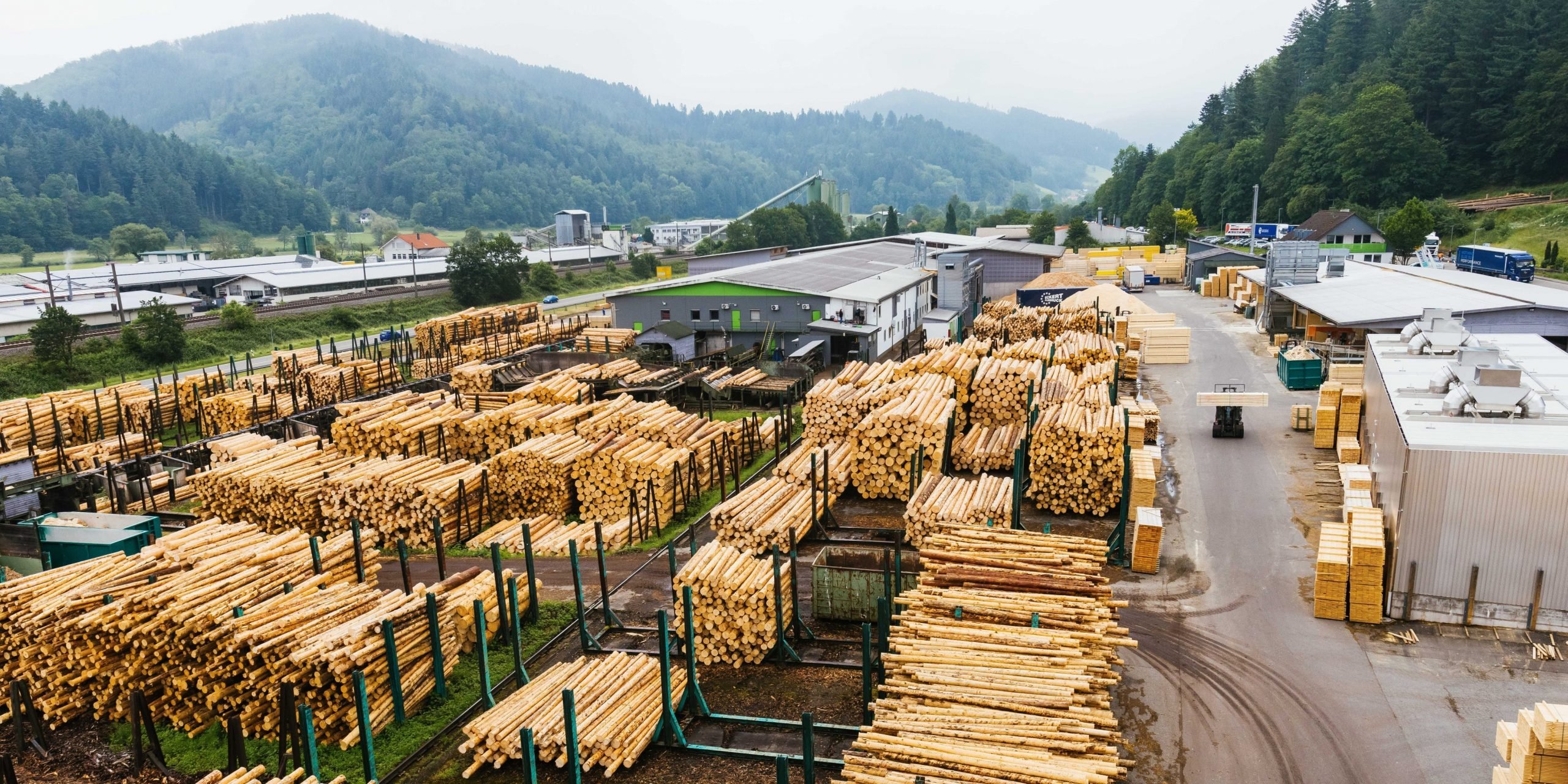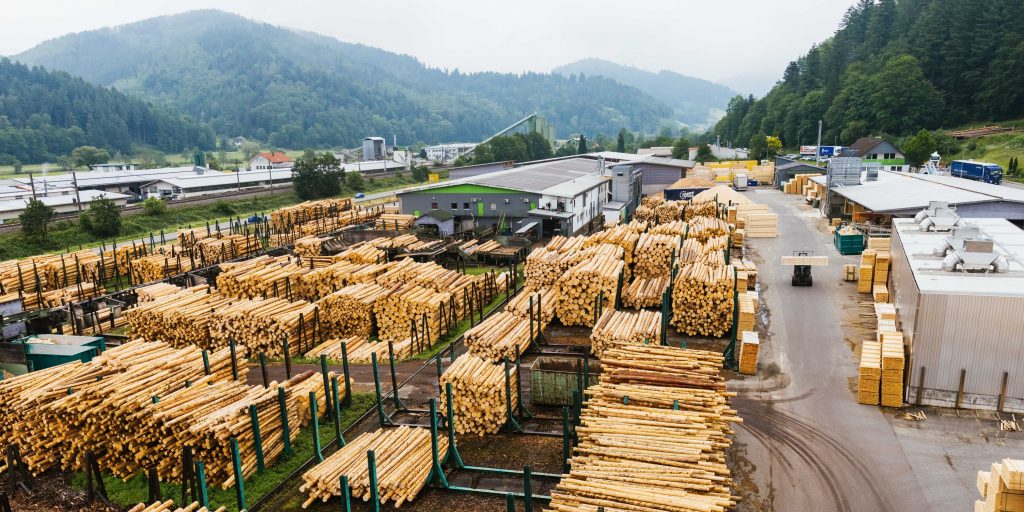
Getty
- Items from milk, to mulch, to meat-smoking chips all have one thing in common: sawdust.
- And that one thing could be contributing to additional supply and price pressures in various products.
- "There is a 'dense interconnection' of different kinds of scarce resources," Steven E. Rhoads wrote.
If you thought the price of milk or that new toilet seat for your remodeled bathroom seemed expensive, there may be a reason you didn't guess.
Sawdust.
The lumber byproduct has many uses likely unknown to the everyday consumer. And the short supply of lumber could be contributing to price changes, or shortages, in those items (not to mention the throng of other supply-chain issues).
An Oct. 21 article about the so-called "economics of sawdust" from the Conversable Economist, cited a 2008 book from Steven E. Rhoads titled "The Economist's View of the World and the Quest for Well-Being."
In his book, Rhoads wrote that because few homes were being built in 2008 as the housing crash deepened, the price of milk went up.
Wait... What?
He explained it as such: a dairy farmer "used sawdust to bed his cows more comfortably. They produced more milk when they were more often off their feet. The reason for the increase in the price of sawdust was the sharp downturn in the production of new housing. Since construction of new houses was down, there was less sawdust."
But if more sawdust goes to dairy cows, then the cost of gardening - think, mulch - along with the cost of building houses - think, particleboard - increases.
"The lowly sawdust example shows that there is a 'dense interconnection' of different kinds of scarce resources," the author wrote, according to the article.
That chain of interconnectedness doesn't stop there.
Those meat-smoking chips you use to barbecue; those floor tiles, caulks, and putties; those cleaning products and fertilizers; those soil extenders, countertops, and toilet seats - they all have something in common: sawdust.
If you're starting to get the picture, it might not come as a surprise that the list of products using sawdust goes on, according to a study by the Agricultural Marketing Research Center, cited by the Conversable Economist article.
A Seattle Times article from 2008 featured the Hancock Lumber sawmill in Casco, Maine, where logging trucks brought their loads each day.
As the logs go through the factory, "sawdust and wood chips fly through the air. Much of it falls through grated metal walkways and onto a mazelike system of conveyor belts that carry and separate all of the leftover wood byproducts, all of which is sold for different purposes," the article said.
In this interconnected world, the Conversable Economist writes that, "The decentralized decision-making of markets coordinated by individual incentives and a price mechanism can be remarkably effective."

